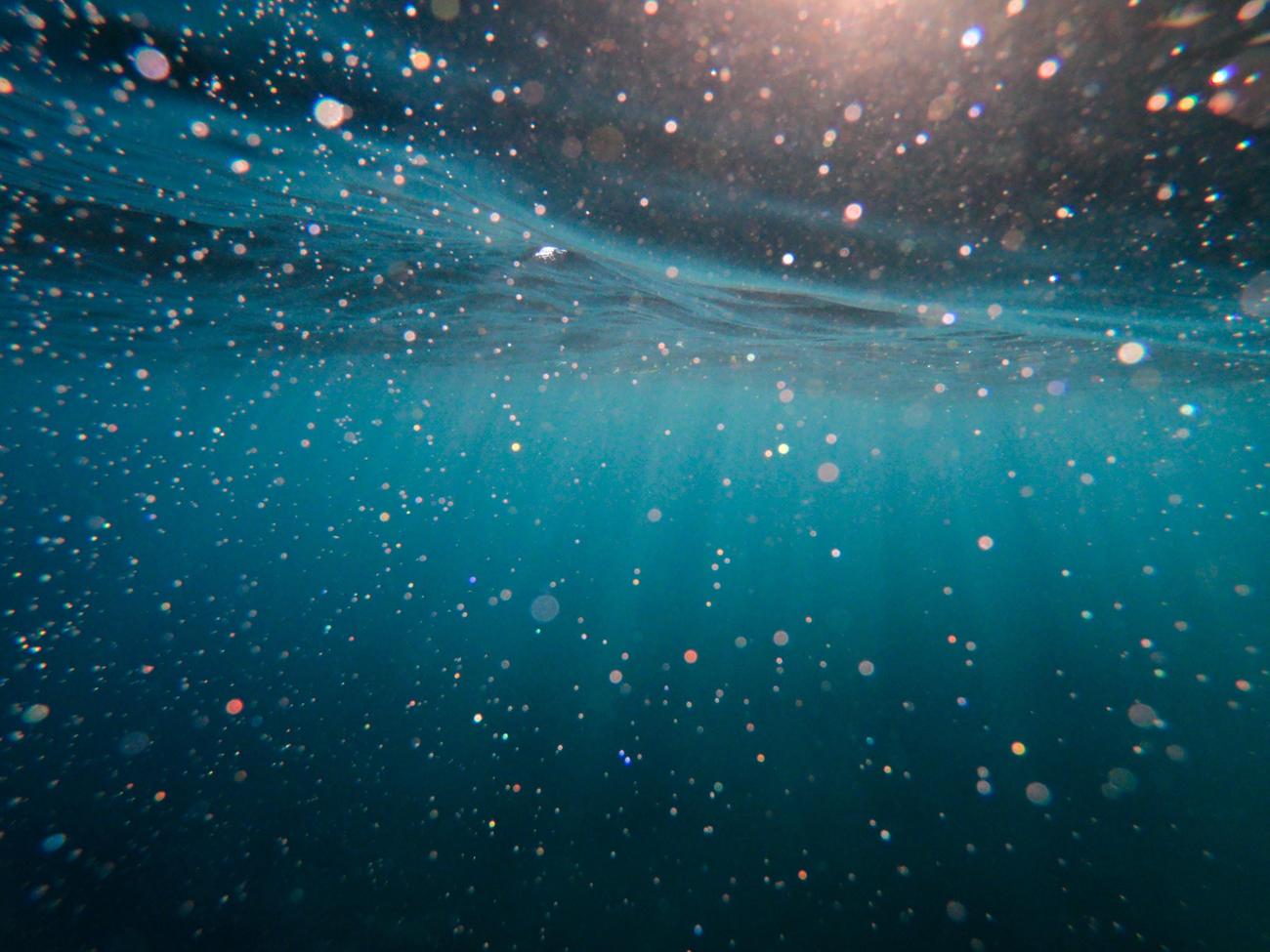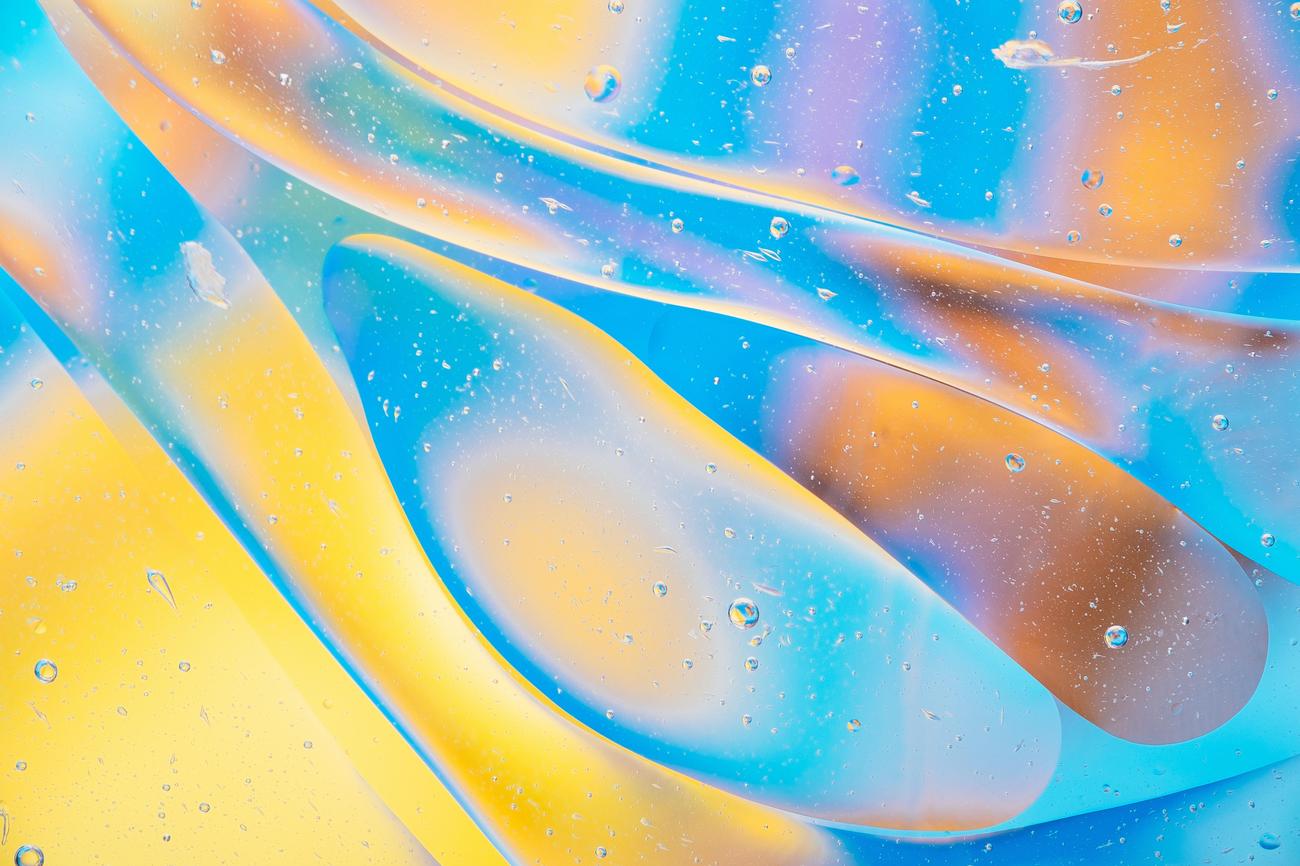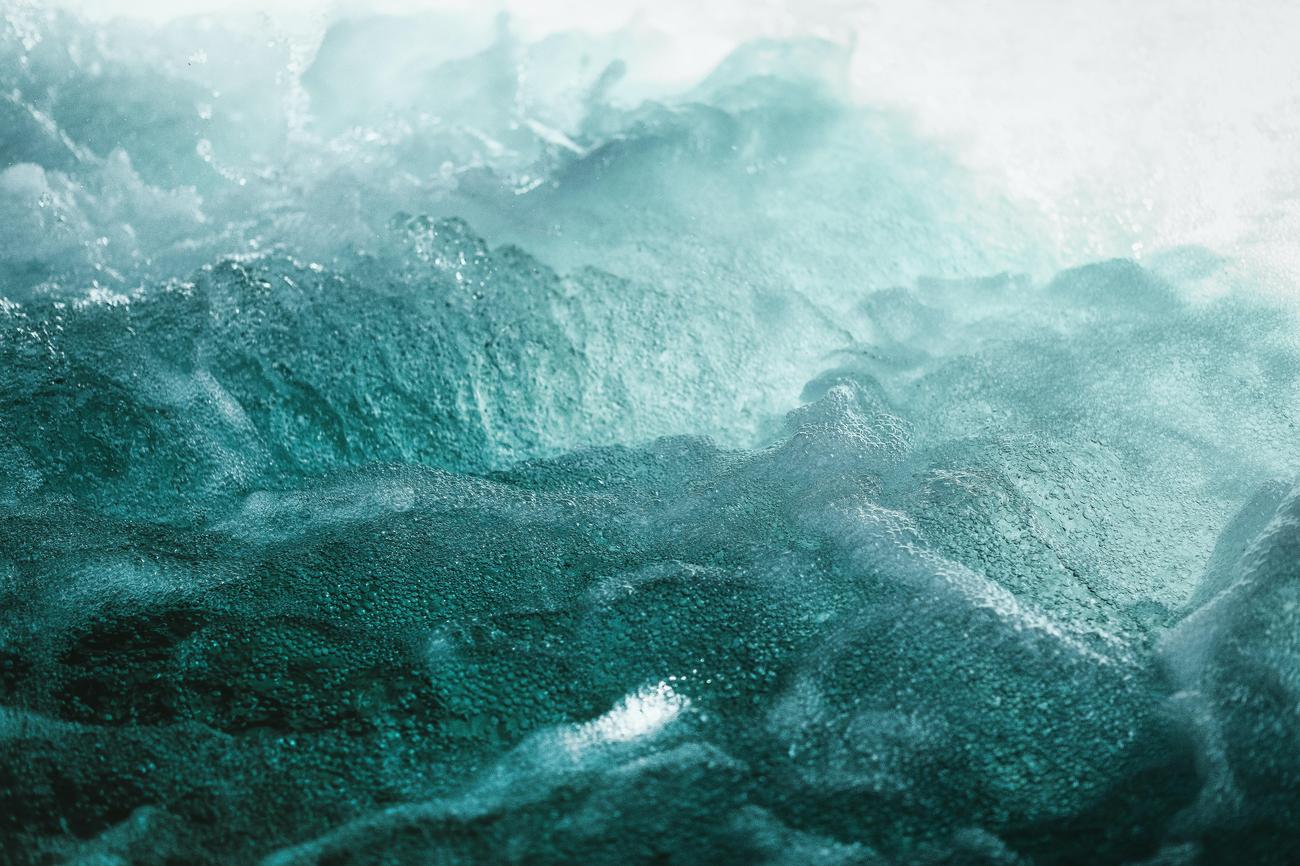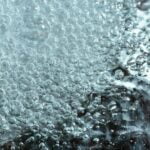Are you fascinated by the mesmerizing dance of bubbles in water? Do you find yourself pondering over the secrets behind their delicate formations and mesmerizing properties? Look no further, as we dive into the captivating world of bubbles in water. In this article, we will unravel the science behind their formation and explore the intriguing properties that make them both fascinating and essential. Join us on this immersive journey as we delve into the captivating realm of bubble formation and properties in water.

Formation and Properties of Bubbles in Water: Unraveling the Science
Imagine a pot of water gently simmering on a stovetop, with tiny bubbles dancing at the bottom and gradually making their way to the surface. Have you ever wondered how these bubbles form and what properties they possess? In this article, we will dive into the fascinating world of bubbles in water and explore the science behind their formation and unique characteristics.
The Dance of Bubbles: How They Form
Now, let’s unravel the mystery of bubble formation in water. It all begins with the solubility of gases in water. As the temperature increases, the solubility of gases decreases, causing any dissolved air bubbles to be released from the water. This phenomenon becomes more apparent when the water reaches its boiling point, which is 100 degrees Celsius or 212 degrees Fahrenheit. At this critical stage, water vapor starts to form inside the liquid, leading to the formation of bubbles. Interestingly, the process of pouring water can also contribute to the formation of bubbles as air gets entrained in the water.
Nucleation Sites and the Birth of Bubbles
To better understand the birth of bubbles in boiling water, let’s explore the concept of nucleation sites. These sites often consist of tiny air bubbles or microscopic imperfections on the surface of a container. As the water heats up and begins to boil, water vapor bubbles form on these nucleation sites. Initially, the bubbles are a mixture of air and water vapor. As the boiling continues, the air within the bubbles gradually transitions to pure water vapor, making the bubbles more distinguishable.
Think of these nucleation sites as the starting points for the enchanting journey of bubbles. As water boils, the bubbles grow in size and ascend to the surface. They expand due to the decrease in pressure as they rise through the liquid, much like a balloon being filled with air. The mesmerizing motion of bubbles is a result of various forces, including buoyancy and surface tension, dictating their movement.
The Symphony of Bubble Behavior
Bubbles in water exhibit intriguing properties that have captivated scientists for years. Studying their behavior has not only unlocked the secrets of fundamental physics but also has practical applications in fields such as water treatment and filtration. Let’s take a closer look at some of the key properties and behaviors of bubbles in water:
-
Size and Shape: Bubbles can vary in size, ranging from tiny microscopic bubbles to larger ones visible to the naked eye. Their shape is typically spherical, resulting from the surface tension of the water molecules pulling and forming them into the most energetically favorable shape, which is a sphere.
-
Buoyancy: Bubbles in water experience buoyant forces that make them rise to the surface. This buoyancy arises from the density difference between the gas inside the bubbles and the surrounding water. It’s what allows bubbles to gracefully ascend, forming beautiful patterns along their way.
-
Lifetime: The lifespan of a bubble is influenced by numerous factors such as temperature, pressure, and the presence of impurities in the water. Generally, bubbles in water have a relatively short lifespan and tend to burst after a certain period, releasing the gas back into the environment. The factors affecting bubble lifetime are a fascinating area of research, with implications in diverse industries.
The symphony of bubble behavior is orchestrated by intricate scientific principles, unraveling the magic and charm of these delicate spheres.
Unleashing the Potential: Applications of Bubble Understanding
Understanding the physics of bubble formation in water opens doors to numerous practical applications aimed at improving processes and systems involving water. Let’s explore a couple of these applications:
-
Water Treatment and Filtration: The study of bubble behavior in water assists in the design and optimization of water treatment methods. For example, the use of bubbles in techniques like dissolved air flotation helps in the removal of contaminants, suspended particles, and pollutants from water sources.
-
Surface Cleaning: The controlled generation and movement of bubbles can aid in surface cleaning processes. By manipulating the properties of bubbles, such as their size and surface tension, it becomes possible to enhance the efficiency of cleaning mechanisms, making tasks like removing stains and grease more effective.
Though these are just a few examples, the potential of bubble science extends far and wide, with ongoing research constantly uncovering new possibilities.
The formation and behavior of bubbles in water have intrigued scientists and captivated curious minds for centuries. By unraveling the fascinating science behind these ethereal spheres, we gain valuable insights that can be harnessed for the betterment of processes, systems, and our understanding of the world around us. So, the next time you witness a bubbling pot of water, take a moment to appreciate the intricate dance of bubbles and the wondrous science that lies beneath their shimmering surface.
[Table]: Formation and Properties of Bubbles in Water
Keywords: Formation and properties of bubbles in water
Bubbles in water are truly mesmerizing to watch. The way they float and dance, capturing our attention and sparking our curiosity. Have you ever wondered what causes bubbles to form in water? It’s a fascinating phenomenon that has intrigued scientists and researchers for years.
To delve deeper into the world of bubbles in water, click here. This link will take you on a journey where you will uncover the secrets behind the science of bubbles. From the surface tension that holds them together to the gas trapped inside, you will discover the intricate mechanisms that give bubbles their unique shape and characteristics.
Prepare to be amazed as you delve into the world of bubbles in water. Click here to satisfy your curiosity and unlock the captivating secrets that lie beneath the shimmering surface.

FAQ
Question 1: How do bubbles form in water?
Answer 1: Bubbles form in water due to the solubility of gases decreasing with increased temperature. When water reaches its boiling point (100 degrees Celsius or 212 degrees Fahrenheit), dissolved air bubbles are released from the water, and water vapor starts to form inside the liquid in the form of bubbles.
Question 2: How do bubbles in boiling water form during the pouring process?
Answer 2: Bubbles in boiling water form as air gets entrained in the water during the pouring process. When water is heated to its boiling point, the rapid movement and turbulence created during pouring help to introduce air into the water, leading to the formation of bubbles.
Question 3: What causes the expansion of bubbles in boiling water?
Answer 3: Bubbles in boiling water expand as they rise due to the decrease in pressure. As bubbles rise through the liquid, the surrounding pressure decreases, causing the bubbles to expand in size. This expansion is a result of the release of dissolved gases and the formation of water vapor within the bubbles.
Question 4: How do water vapor bubbles form in boiling water?
Answer 4: Water vapor bubbles start to form on nucleation sites, which are often tiny air bubbles. When water reaches its boiling point, these nucleation sites provide a surface for water vapor to form. As water boils, the bubbles consist of a mixture of air and water vapor.
Question 5: Are bubble formation and behavior in water studied in research studies?
Answer 5: Yes, the formation and behavior of bubbles in water have been studied in various research studies. Scientists explore factors such as temperature, pressure, and impurities in water to understand the physics behind bubble formation. This knowledge has applications in fields such as water treatment and filtration and can help improve processes and systems involving water.
“`json
“`
- Unveiling Bernhard Caesar Einstein’s Scientific Achievements: A Legacy in Engineering - July 15, 2025
- Uncover who is Jerry McSorley: CEO, Family Man, Business Success Story - July 15, 2025
- Discover Bernhard Caesar Einstein’s Scientific Contributions: Unveiling a Legacy Beyond Einstein - July 15, 2025















